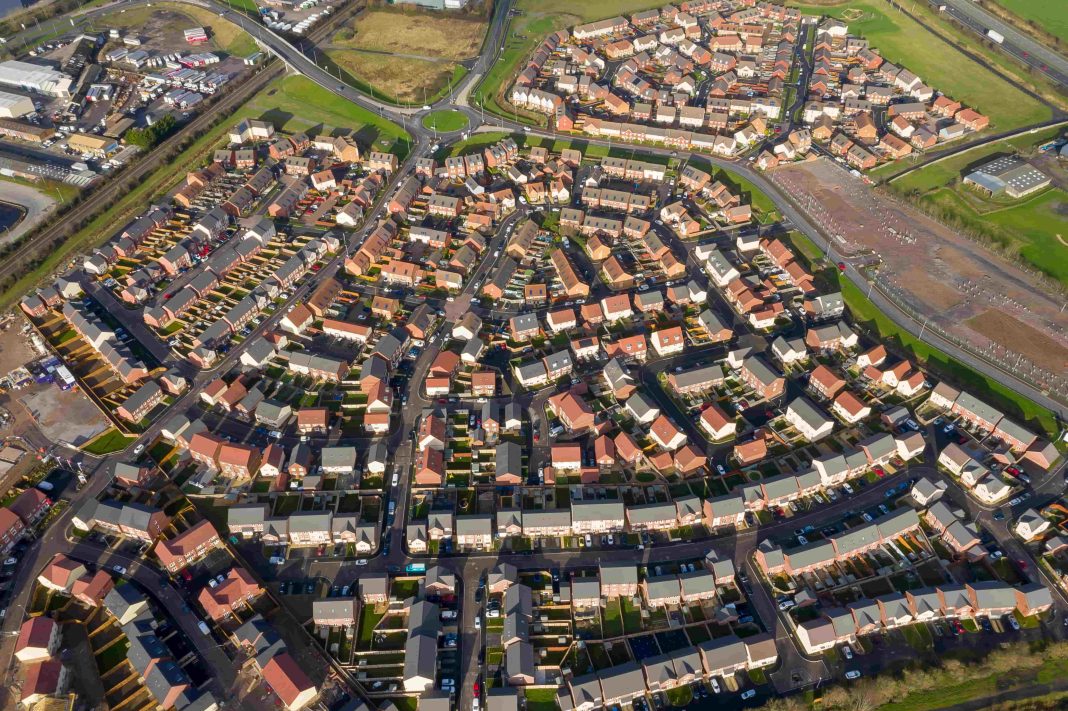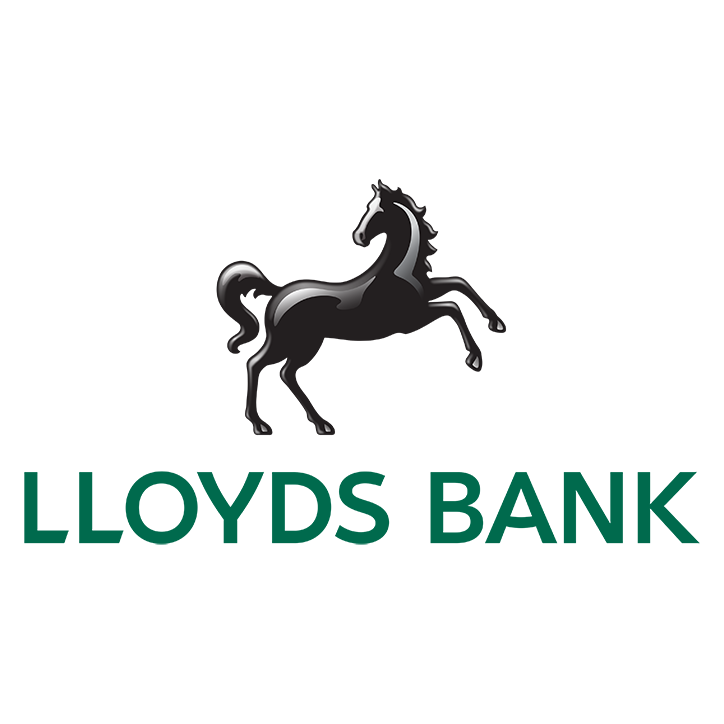The rising interest rates are transforming the UK property market in 2025. This shift is reshaping buyer affordability, seller strategies, and long-term investment returns. Understanding how the house interest rates trend affects prices and demand will help homeowners, investors, and first-time buyers make informed decisions in a changing market.
Rising Interest Rates and Mortgage Costs
When the Bank of England increased rates to 4.75% in November 2024 (from 0.1% in 2021), borrowing became significantly more expensive. This jump has a direct effect on mortgage costs. A 1% rise in rates can add roughly £100 per month to the average UK mortgage.
For buyers with variable-rate mortgages, the monthly squeeze is immediate. Even fixed-rate mortgage holders face challenges, with average deals now at 5.03%. but the reality is that interest rates are reducing what buyers can borrow, forcing many to lower budgets or delay purchases.
Slower Growth in House Prices Due to Rising Interest Rates
In 2024, UK house prices rose 3.9% to an average of £268,652. But forecasts for 2025 predict a slowdown to just 1–4%. The cooling is driven by house interest rates and an increase in housing supply, with 14% more properties listed than the year before.
Some areas like Northern Ireland still saw growth of 7.1% in 2024, but in London, prices dipped slightly. With more choice in the market, sellers must price competitively to attract offers.
For regional data, check Rightmove’s housing trends.
Regional Variations Under Rising Interest Rates
The effects of rising interest rates are not uniform across the UK. Northern regions such as the North East recorded 6.3% growth, supported by lower average property prices. Meanwhile, southern areas particularly London face slower growth or small declines.
Affordability plays a big role here. In expensive regions, higher borrowing costs and stamp duty hikes weigh heavily on demand. Northern areas remain more accessible to buyers, even with rates elevated, making them more resilient.
Buyer Behavior in a Rising Interest Rates Environment
Caution is now the dominant mood among buyers. Many are waiting for rising interest rates to ease before committing. Even though sales agreements were 17% higher in early 2025 compared to 2023, transactions are taking longer about 77 days on average.
Cash buyers (around 30% of the market) are less affected and often negotiate sharper deals. Mortgage-reliant buyers are pushing for 3.6% below asking prices, putting sellers under pressure to be flexible.
First-Time Buyers Facing Rising Interest Rates
First-time buyers face the toughest challenge in a rising interest climate. Higher borrowing costs mean larger required deposits, and tougher mortgage approval criteria.
With rents up 9% in Northern Ireland and 6.6% in Scotland, saving for a deposit is harder than ever. Government changes to stamp duty in England add to the cost burden. As a result, many younger buyers remain stuck renting longer, delaying their path to homeownership.
Investor Strategies in the Rising Interest Rates Market
Property investors are also feeling the pinch from rising interest rates. Higher mortgage payments are cutting into rental yields, especially for those with variable-rate loans. Some landlords are selling up, which increases rental stock but reduces new buy-to-let purchases.
However, cash-rich investors see opportunity in this buyer’s market. Locations like the North West, with strong rental demand and affordable entry points, remain attractive. Savvy investors can negotiate favorable terms and position themselves for future gains.
Outlook for 2025 With Rising Interest Rates
The market is expected to remain under pressure through 2025. Inflation could hit 3.7% by September, which means the Bank of England may keep rates high, only gradually reducing them to about 3.5% in 2026.
Savills predicts a modest 23% house price increase by 2030, but short-term growth will be muted. Buyers should monitor deals closely and use tools from Zoopla and other platforms to track affordability changes.
Tips for Navigating Rising Interest Rates in 2025
-
Check your credit score before applying for a mortgage tools like NerdWallet can help.
-
Compare rates regularly with reliable platforms to secure the best deals.
-
For sellers: Price realistically and consider home staging to boost appeal.
-
For buyers: Early 2025 may be the best time to purchase before April stamp duty changes.
-
For investors: Focus on areas with strong rental demand and good long-term prospects.
The UK housing market remains resilient but will require flexibility and informed strategies in the face of rising interest rates.
Internal Link Suggestion:
You could link to your site’s earlier post on How Interest Rates Impact UK Housing Demand to guide readers toward related content.



